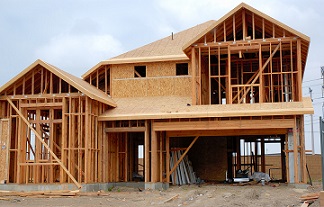The number of approved dwellings decreased by 1.9% in May, according to data released by the Australian Bureau of Statistics (ABS) yesterday.
This is the continuation of a three-month long trend with the number of approvals falling by around 700 within that time, said Daniel Rossi, ABS director of construction statistics.
“The May 2017 data showed that the number of dwellings approved is now 18% below the peak in May 2016.”
Tim Reardon, principal economist for the Housing Industry Association (HIA), said the trend confirmed the HIA’s forecasts for a slowdown in new residential building projects in 2017.
Across the different states, dwelling approvals for all properties increased or decreased by the following percentages:
- Australian Capital Territory (-8.2%)
- Victoria (-3.9%)
- Western Australia (-3.7%)
- New South Wales (-2.6%)
- Tasmania (+1.5%)
- South Australia (+1.6%)
- Northern Territory (+2.1%)
- Queensland (+2.2%)
In trend terms, dwelling approvals for houses were flat in May, increasing in South Australia (+1.0%), NSW (+0.4%) and Victoria (+0.2%) and decreasing in Queensland (-0.9%) and Western Australia (-0.6%).
“New house starts did increase by 1.0% this month but were still 6.9% lower than the same month last year,” Reardon said. “It is the multi-unit sector of the industry that has slowed more quickly than detached homes. During the three months to May 2017, multi-unit approvals fell by 27.8% when compared with the same period in 2016.”
The amount of dwelling still under construction means the residential building industry will continue to operate at high levels well into 2018, he said.
While the number of total building approvals has fallen, the value actually rose by 0.8% in May for the fifth month running. The value of residential building dropped by 1.5% while that of non-residential building increased by 4.6%.
Related stories:
Residential lending hits $1.56trn
PLAN vows to support brokers in turbulent times
Yearly mortgage stress on the decline


